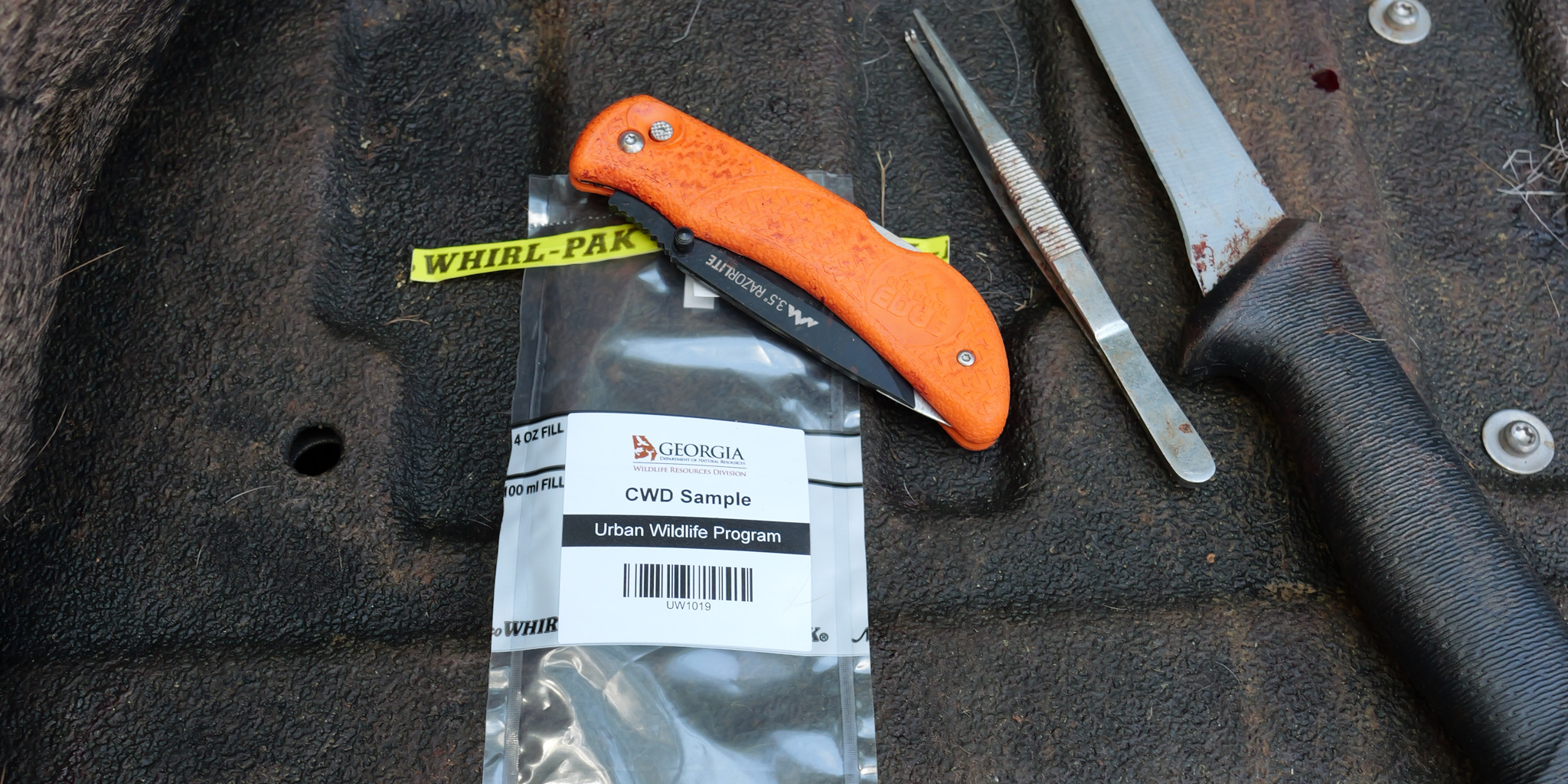Chronic Wasting Disease (CWD) was initially discovered in Georgia in January 2025. CWD is a neurological disease of the brain and central nervous system affecting cervids (deer, elk and moose). It is always fatal and there are no current vaccines or treatments.
Georgia DNR has implemented the state’s CWD Response Plan and established a CWD Management Area (CMA), which includes the county where the positive samples were found and any county touching a 5-mile radius around the location. The current CMA includes Lanier, Berrien and Lowndes counties.
Working together with all Georgians’ we can manage CWD. Please select a Topic below and review included information to learn more.

Reporting and Questioning
Submit CWD related questions to CWD@dnr.ga.gov
To report a sick deer, contact your regional office on our contact information page.
.jpg)
